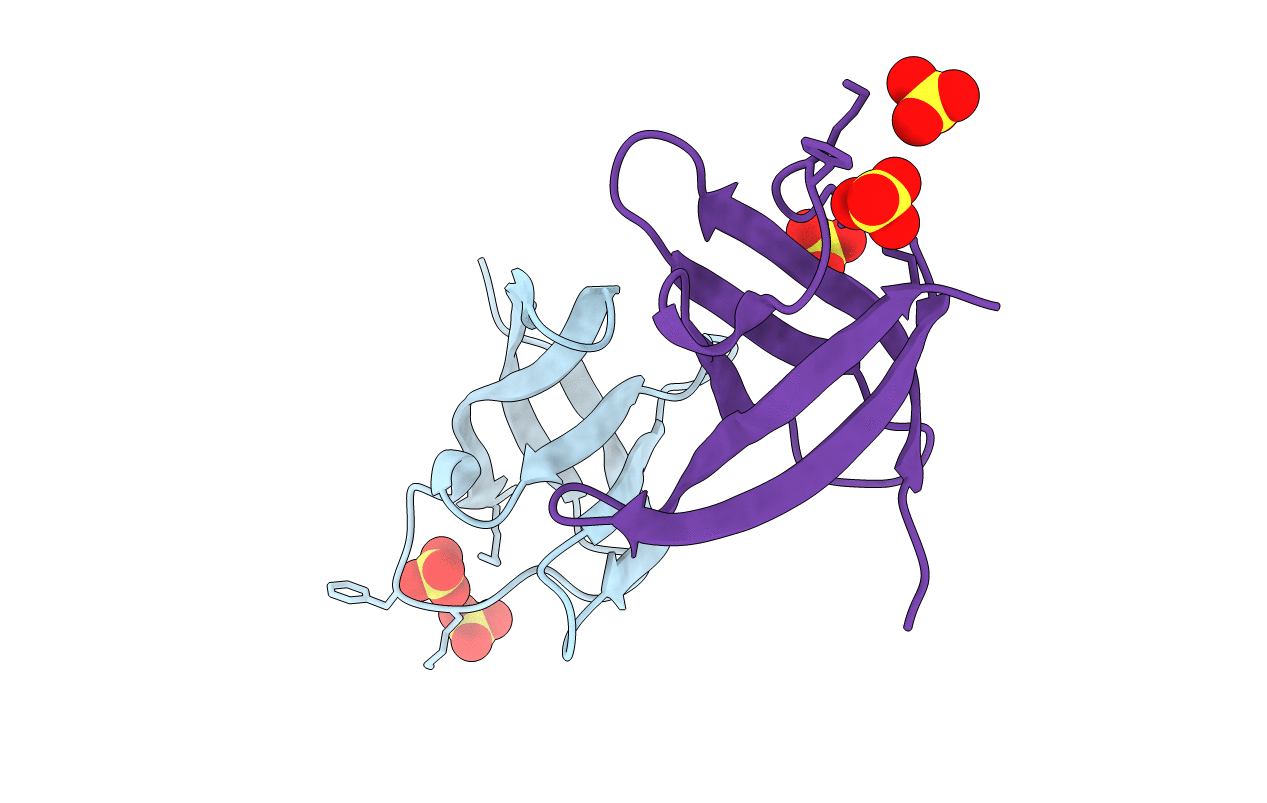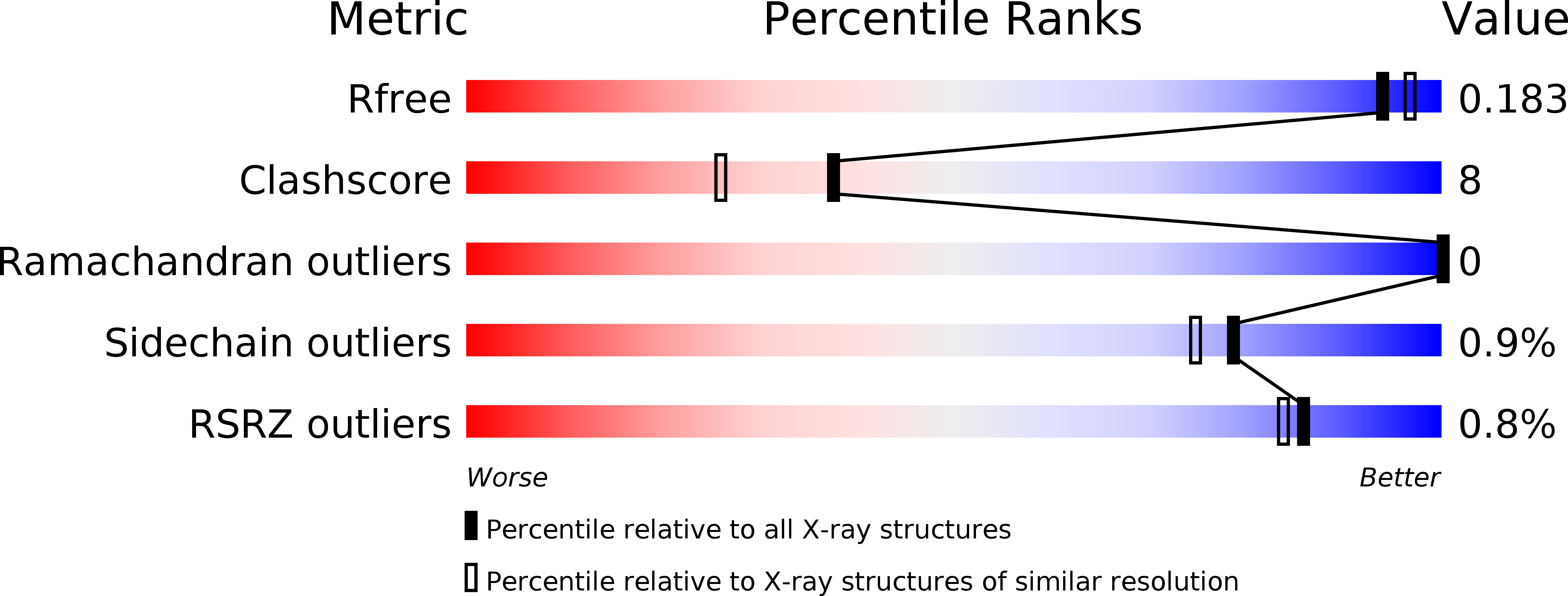
Deposition Date
2016-05-12
Release Date
2017-05-10
Last Version Date
2023-09-27
Entry Detail
PDB ID:
5JX4
Keywords:
Title:
Crystal structure of E36-G37del mutant of the Bacillus caldolyticus cold shock protein.
Biological Source:
Source Organism:
Bacillus caldolyticus (Taxon ID: 1394)
Host Organism:
Method Details:
Experimental Method:
Resolution:
1.80 Å
R-Value Free:
0.18
R-Value Work:
0.15
R-Value Observed:
0.15
Space Group:
P 1 21 1


